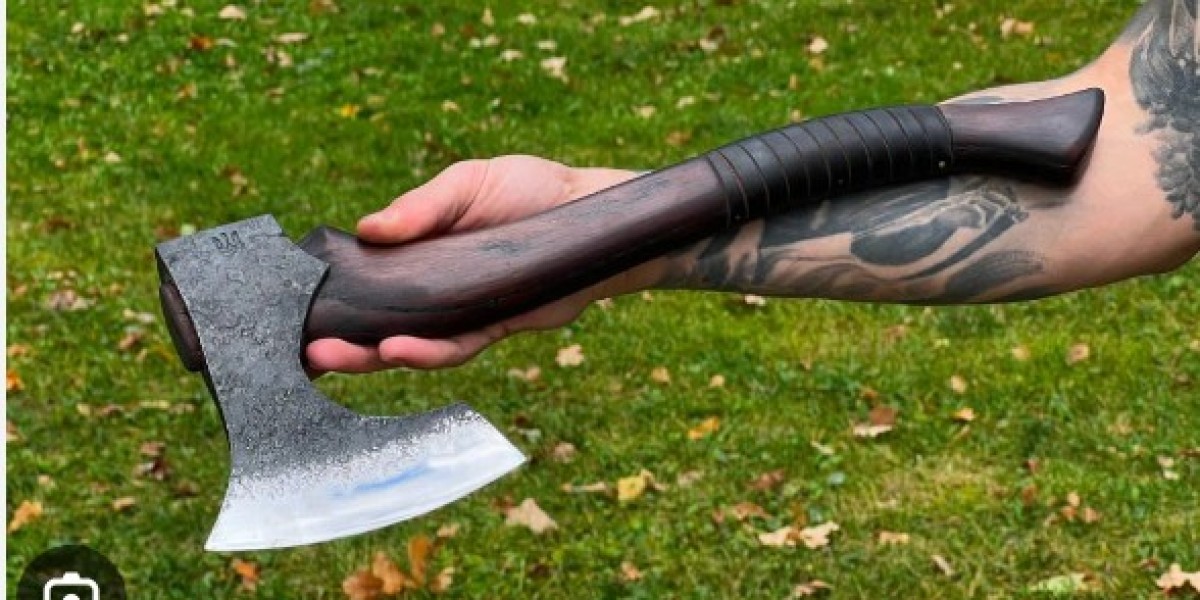Introduction: In the heart of Norse lands, amidst rugged landscapes and towering fjords, a timeless tradition thrived: bladesmithing. At the forefront of this ancient craft were the master smiths who forged the iconic Viking axes, weapons that embodied the strength, skill, and spirit of the Norse people. Let's delve into the fires of the forge and uncover the artistry behind the creation of these legendary weapons.
The Smithy's Domain: Bladesmithing in Norse countries was more than a trade; it was a revered art form passed down through generations. The smithy, often situated in the heart of the village, served as a focal point where metal was shaped, dreams were forged, and legends were born. Within the dimly lit confines of the forge, master smiths wielded hammer and tongs with precision and passion, breathing life into molten metal to create works of unparalleled craftsmanship.
Materials of the Trade: The journey of crafting a Viking axe began with the selection of materials. Iron, harvested from bog deposits or mined from the earth, formed the backbone of the axe head. In some cases, smiths combined iron with steel, creating blades of superior strength and resilience. Wood, typically from sturdy trees like ash or oak, provided the handle, meticulously carved and fitted to complement the weight and balance of the axe head.
The Forge: Heart of Creation: At the heart of the bladesmith's workshop lay the forge, a crucible of heat and transformation. Here, charcoal burned hot and bright, fueling the flames that brought metal to a molten state. The smith, clad in leather apron and wielding a heavy hammer, worked tirelessly, shaping the red-hot metal with rhythmic blows against the anvil. With each strike, the axe head took form, its edges honed to a keen edge that would cleave through armor and bone alike.
The Artistry of Design: Viking axe was not merely tool of war; they were symbols of status and craftsmanship. Master smiths adorned their creations with intricate designs, from swirling patterns to fearsome beast motifs, each telling a story of valor and strength. Runes, the ancient script of the Norse, often adorned the axe head, imbuing it with mystical significance and protective charms.
Tempering and Quenching: Once the axe head took shape, it underwent a series of critical processes to strengthen and refine its structure. Tempering, the controlled cooling of the metal, ensured that the blade achieved the optimal balance of hardness and flexibility. Quenching, plunging the hot metal into a bath of oil or water, imparted additional resilience, creating a blade that could withstand the rigors of battle and the passage of time.
Legacy and Reverence: The legacy of Viking axes and the art of bladesmithing endure to this day, celebrated in museums, reenactments, and cultural festivals. While the age of the Vikings has long passed, the spirit of craftsmanship and innovation lives on in the hands of modern artisans who carry forth the tradition of forging blades worthy of legends. And amidst the echoes of the forge, the resounding clang of hammer on anvil serves as a testament to the enduring legacy of the Norse smiths and their timeless craft. Viking axe for sale



